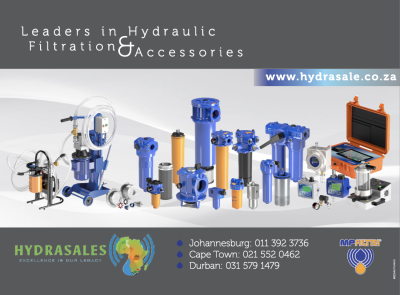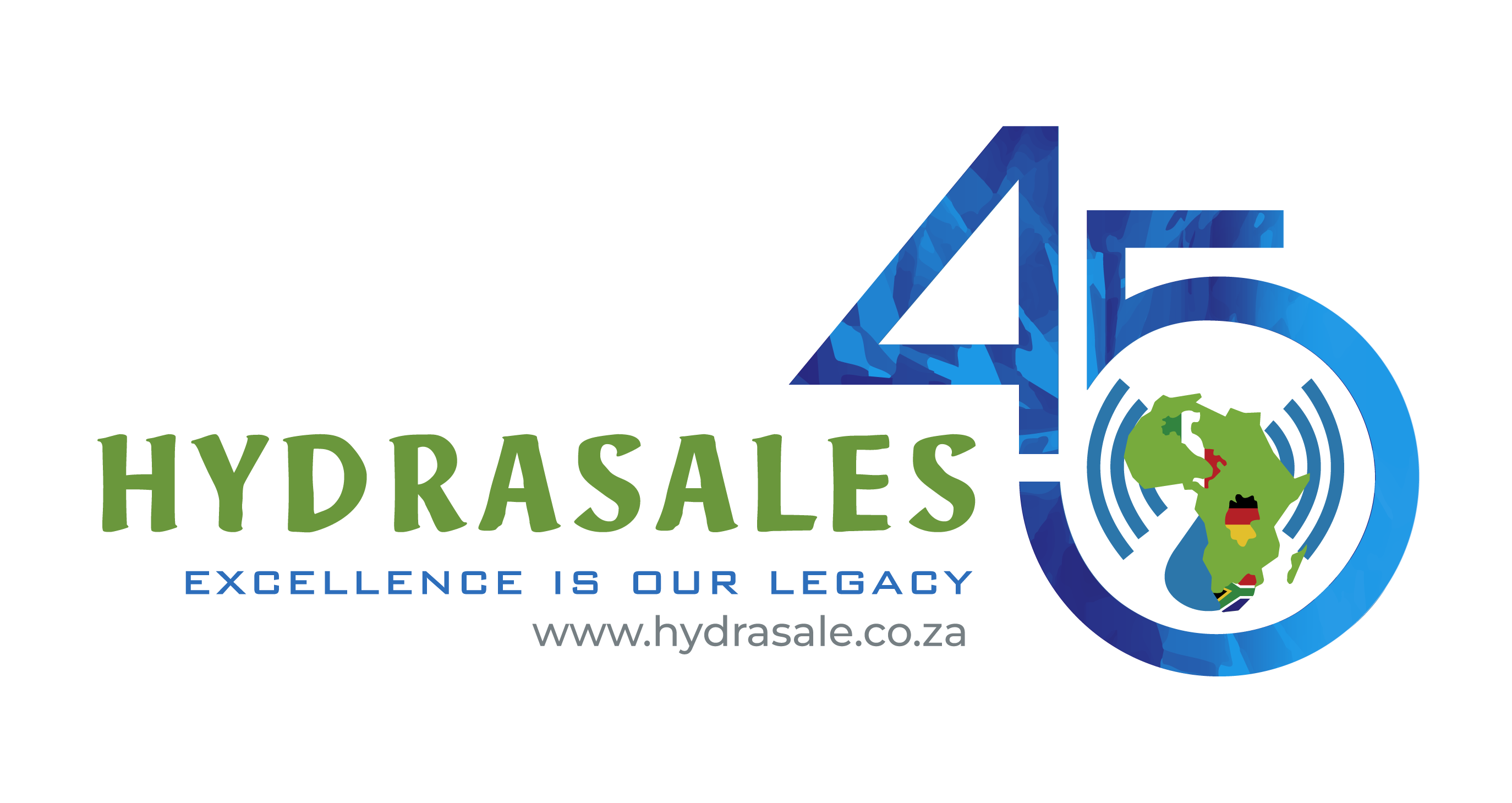
Effective filtration and system contamination protocols
CONTAMINANTS particles create head- aches for hydraulic engineers. Please acknowledge that with time the hydraulic systems become less efficient and allow more contaminants to enter the system. With time and continued use such ingression will ultimately cause breakdown in the system. The chances of a catastrophic breakdown become more prevalent if the system maintenance is neglected.
“That can be very, very costly!” warns Hydrasales Elvira Caripis.
Contaminants are either generated externally or internally through a harsh environment, dirty fluids, component corrosion, or reduced systems maintenance and housekeeping. There is a very fine line between clean and dirty systems. With contamination control monitoring the ISO ratings will clearly indicate the levels of dirt within a system.
It is found that sys- tem maintenance gets relegated to a low priority status. It is often a mindset problem as buyers adopt cost savings. Maintenance personnel forget to adopt a “stitch in time saves nine” philosophy. They seldom focus on the cost implications of a system standstill due to breakdown. Contamination control is a long-term process and requires ongoing monitoring
Textbooks report that around seventy to ninety percent of hydraulic system breakdowns are attributed to particulate contamination.
Hydrasales sales engineer Chris Banks advocates; “If a systems engineer can incorporate appropriate filtration and contamination control equipment to reduce contaminants the system can achieve efficiencies to prolong equipment working life.”
He prioritizes helping design engineers with filter sizing. He says, “Filter sizing with the MP Filtri software helps with filter proper filter selection. It minimises unnecessary errors. The software enables simulation with different flows and pressures. The end report calculates the estimated pressure drops and maximizes the opportunity for correct filter selection.” Components are continuously fed contaminants before component failure. A system, thus, loses efficiency as more contaminants impede performance. It is accepted that a new, a hydraulic system runs at optimum pressures and flow rates, the system loads and speeds and delivers to spec optimally. Overtime, contaminants will cause wear and cracks at critical component surface areas. Typically, the tolerances are small, and engineers expect component clearances of 0.5 microns up to 50 microns. It doesn’t take much dirt or contaminant particle to block an orifice within a hydraulic system. Any blockage or impairment will ultimately restrict flow within the system, impacting, stopping, or slowing down the application.
How can we control this contamination problem and extend component life?
Incorporate effective filtration:
Incorporate effective filtration at the design stage of the system. Depending on the sophistication and needs for system outputs, the designer must consider including pressure, return, suction, and an offline filtration system to protect system components. Ensure that filtration is fitted with the correct filter elements
Hydrasales Lucas Thela cautions, “A word of caution on the approach to the system design. The cheapest design may meet the minimum operating parameters. Without installing proper filters to meet the operating needs at peak pressures can become expensive.” He continues; “There is a lack of appreciation for the importance of good filtration and contamination control! A basic understanding will certainly go a long way!” Hydrasales provide FREE support at the design stage and offer FREE training on filtration and fluid condition monitoring. General manager Elvira Caripis emphasizes, “Technology platforms like Zoom allow connecting with the remotest customers. Internet access is a great enabler.” She advised, “Maintenance and field personnel will have the technical information they desire. It is a form of upskilling and can be considered as appropriate training to help these people on-the-job.”
Online particle monitors analyze systems 24/7 triggering internal and external alarms should the levels of contamination deteriorate or moisture levels change. It is a ideal early warning system.
The benefits of online particle counting are:
- Saving money on the total cost of filtration eliminating unscheduled filter changes
- Constant system monitoring = predictive maintenance = cost savings
- Constant system monitoring = tracking system cleanliness = cost savings
- Prolonging significant component life due to predictive maintenance
- Saving time as high-cost processes are effectively monitored
- There is predictive management of contamination levels. It is a cost-effective and efficient method of system monitoring when system cleanliness levels are exceeded.
Hydrasales stocks a comprehensive range of quality and time- tested Hydraulic filters, filter elements and system accessories and represents MP Filtri, Faster Couplings, Mintor Sight Glasses and Badger Meters Hedland range of flow meters. These global manufacturers comply with international quality standards and their products are certified to international standards. Hydrasales enjoy direct technical support from these leading brands and the support is key to application development and innovation in African markets.
For more information visit: www.hydrasale. co.za
